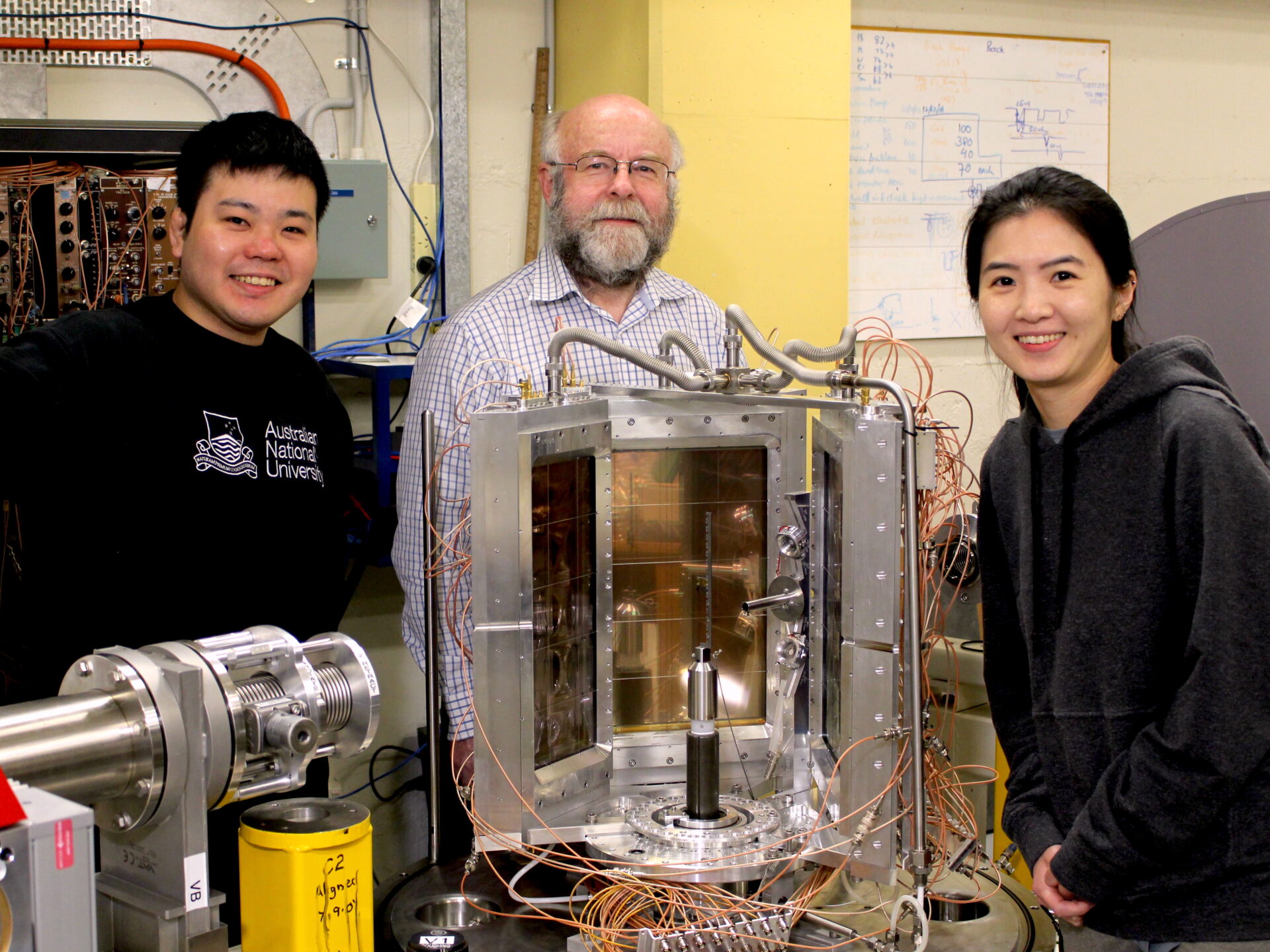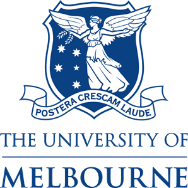New results from the ANU Heavy Ion Accelerator Facility, measuring the incredibly fast movement of protons and neutrons whizzing back and forth in nuclear reactions have revealed surprisingly irregular behaviour.
The findings, published in Physical Review Letters, may change the way physicists view the nuclear reactions that are used to create new elements to extend the periodic table – a process that involves firing lighter nuclei at a target of heavier nuclei, and hoping they will join together like two droplets of water.
“This new method will be very useful to understand the reaction dynamics for creating new superheavy elements,” said lead author Dr Taiki Tanaka.
“Creating a new element is quite difficult – it can take more than 100 days to make one atom!”
This is because in most collisions the nuclei stick together for mere zeptoseconds (10-21 seconds) and then fly apart, a process known as quasifission. It is this quantum many-body phenomenon that the team in the Nuclear Physics and Accelerator Applications (NPAA) Department have studied in exquisite detail.
The group fired chromium-52 at a target of platinum-198, and chromium-54 at a target of platinum-196. The target was nearly completely surrounded by detectors, which identified the fragment masses, and the angle they exited the scene of the collision. By subtracting the results from the two measurements, narrow time windows only a few zeptoseconds wide could be isolated for the first time.
The fragment masses after quasifission are not the same as those before – protons and neutrons (nucleons) flow between the two fragments while they are joined.
But, it turned out, nucleons don’t flow in as regular a fashion as was thought. The team’s time-resolved measurements revealed significant fluctuations in the mass division between the two fragments, challenging the expectations of a smooth flow from the heavier nucleus to the lighter nucleus.
“It’s surprising to me; it implies that in these fast quasifission reactions the dynamics is completely different to what had been thought,” he said.
The first surprise was that the most likely outgoing masses observed did not change much, but remained close to the original masses. But with time, the fragments showed an increasing spread of masses towards mass-symmetry (equal masses). The mass fluctuations were so large that during some collisions so many nucleons were transferred that they overshot mass-symmetry and the lighter nucleus ended up heavier than its partner.
Because these mass fluctuations in the nuclear system increased with time, the average outgoing mass moves towards mass-symmetry (in contrast with the most-likely mass). The movement of the average mass with time closely matched calculations by Professor Cedric Simenel’s team, also in the NPAA Department, which were published in Physical Review Letters in 2020, and are covered in this story.
The detailed understanding of reaction dynamics gives the quest to make heavier elements a boost, Professor Hinde said.
“It helps us to understand the influence of fluctuations in reaction processes, and to predict the fusion reactions with the largest chance of success, thus making the new super-heavy elements in the shortest time.”



